Types of Perennials

D.J.
Environmental Advocate
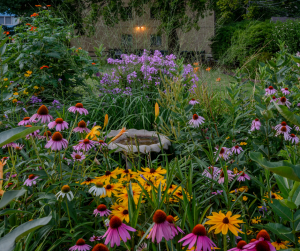
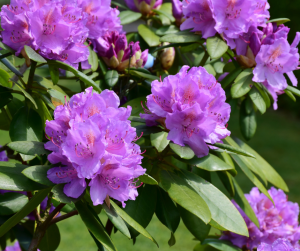
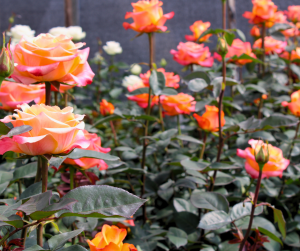
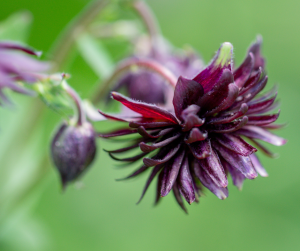
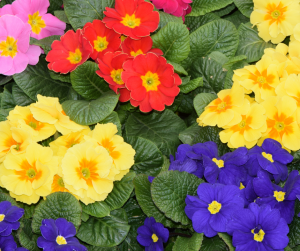
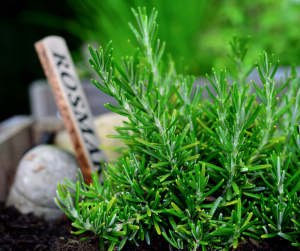
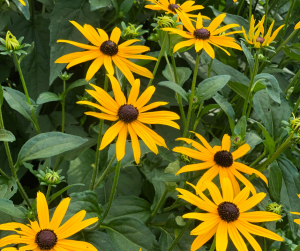
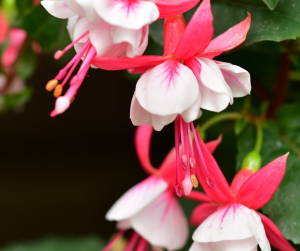
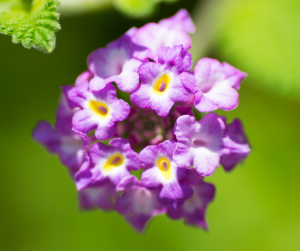
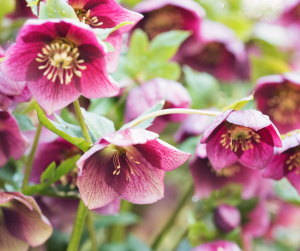
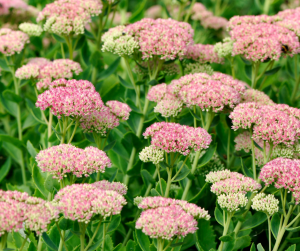
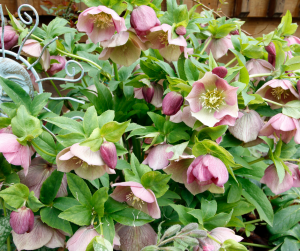
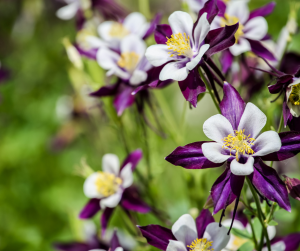
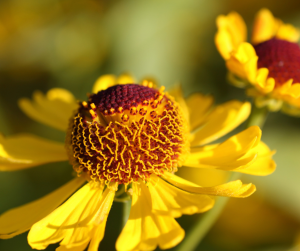
What Are Perennials (and Why We Love Them)
Perennials are plants that live for more than two years, coming back season after season with often minimal care. They offer great value by lasting many years while brightening your garden with colourful blooms or attractive foliage. Perennials suit nearly every soil type and growing condition, making them a versatile choice for any garden.
But Perennials Are More Than Just One Thing
The word “perennial” actually covers a wide and diverse range of plants—from hardy leafy evergreens to tropical frost-tender varieties. They can be grouped by their growth habits and hardiness, which helps you choose the right plants for your garden, climate, and budget. Understanding these differences saves time, money, and effort, ensuring your garden thrives long-term.
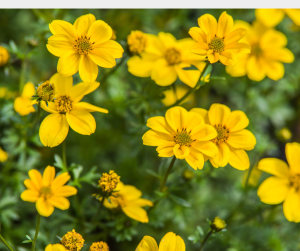
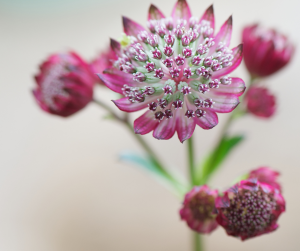
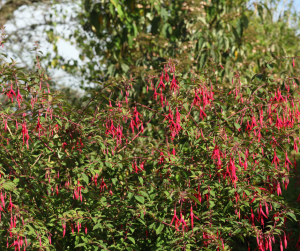
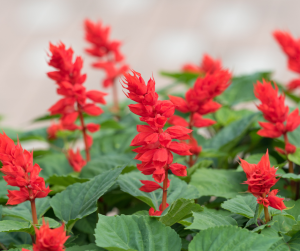
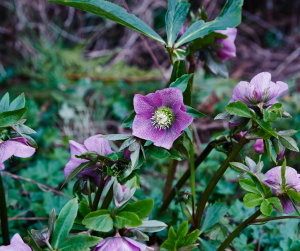
Herbaceous, Evergreen and Woody Perennials
Here’s a beginner-friendly guide to the three main growth habit types of perennials.
Growth Habit:
What they look like and how they behave.
Herbaceous Perennials
- What they are:
Plants that die down to the soil level each winter but regrow from their roots in spring.
- Why we love them:
They’re dependable, easy to divide and fill out quickly.
- Examples
Peonies, Coneflowers, Daylilies, Hosta, Begonias & Penstemons.
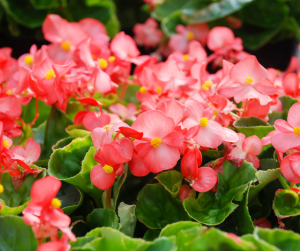
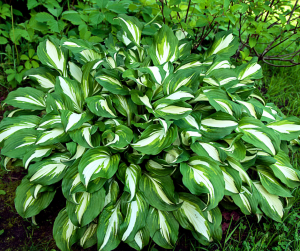
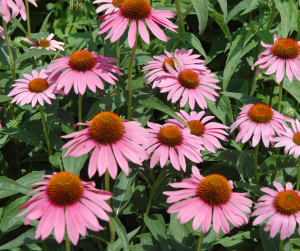
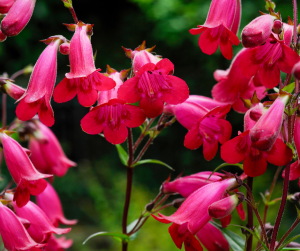
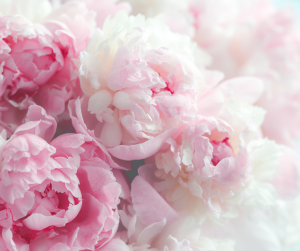
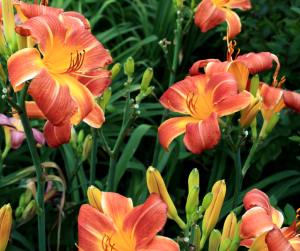
Evergreen Perennials

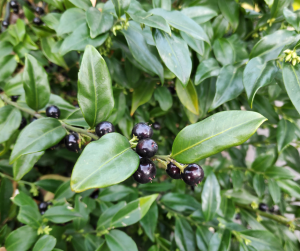
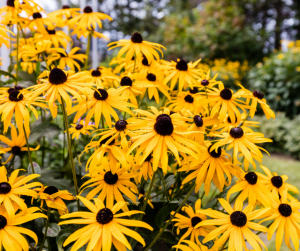
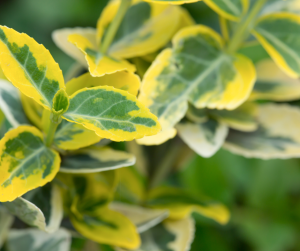
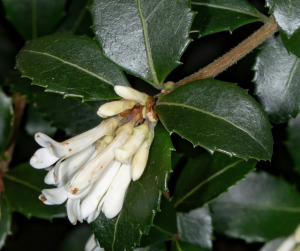
- What they are:
Plants that keep their leaves all year, even in winter.
- Why we love them:
Strategic planting provides structure and greenery to your garden, especially in the winter months.
- Examples
Emerald ‘n’ Gold Euonymous, Sarcococca, Osmanthus & Rudbeckia (Black-eyed Susan)

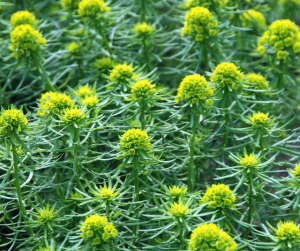

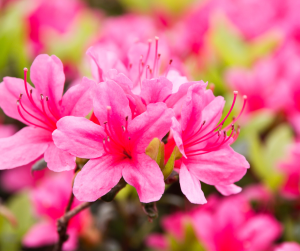


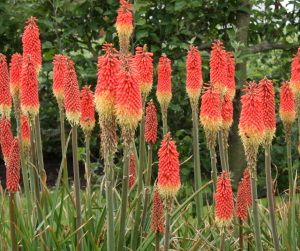


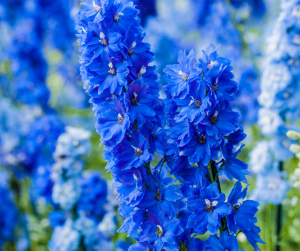
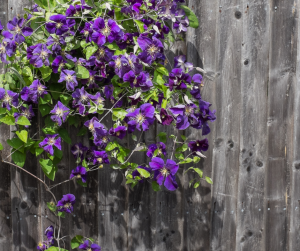


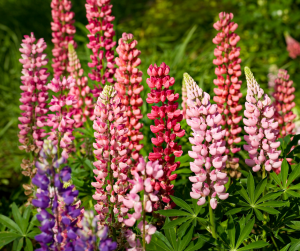






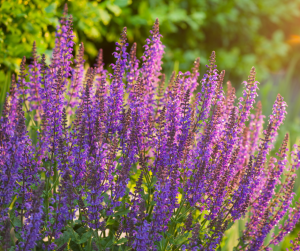
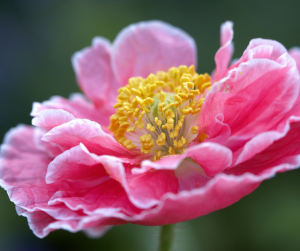

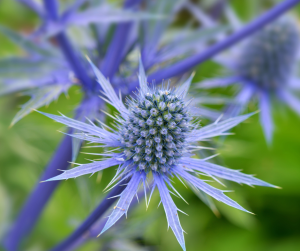
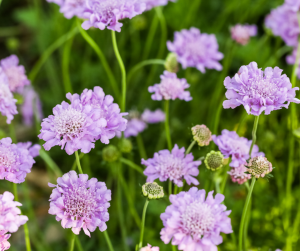

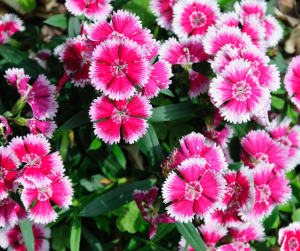
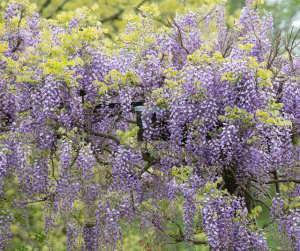
A thriving garden isn’t about packing in as many plants as possible – it’s about balance. Herbaceous perennials bring seasonal bursts of growth, evergreens keep your garden green through winter, and woody perennials add lasting structure and shape.
Mixing herbaceous, evergreen and woody perennials creates a garden that looks good in every season and only gets better in time.
Whilst perennials are known for making a return year after year, their ability to survive winter depends on their hardiness.
It’s essential that you know which of your plants are more vulnerable to frost and the winter wet and cold. A quick check can save you money and disappointment.
Hardiness
How well plants survive different weather.
Hardy, Half-Hardy and Tender Perennials
Here’s a beginner-friendly guide to the three main growth habit types of perennials.
Hardy Perennials
- What they are:
Perennials tough enough to survive frosts and low temperatures and can remain outside all year long. This can include many herbaceous as they will die back in autumn and regrow in the spring.
- Why we love them:
Low-maintenance and reliable, no matter the weather. Plant them once and enjoy them for years.
- Examples
Astrantia, Aquilegia, Iris, Sedum, Rudbeckia (Black-eyed Susan) & Helenium.


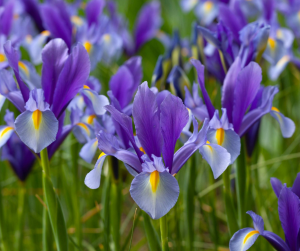



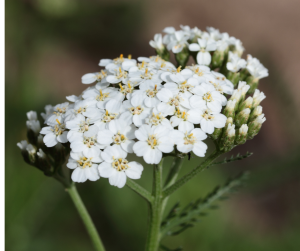
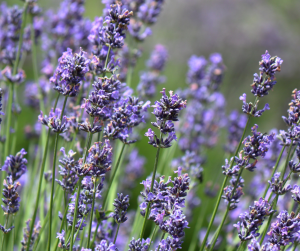
Half-Hardy Perennials


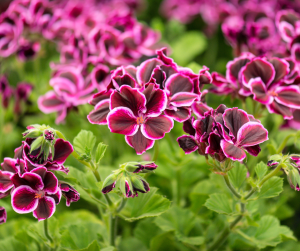
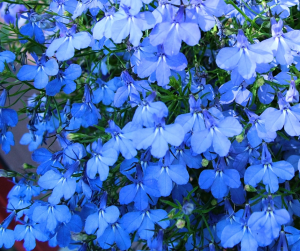

- What they are:
Perennials that are tolerant of winter wet and cold but are vulnerable to frost. This means they need over winter protection. Either a thick mulch of straw over the roots or dig them up and store in unheated greenhouse for winter.
- Why we love them:
These can extend the garden season in mild areas and can survive with a bit of protection.
- Examples
Tender Perennials
- What they are:
Perennials that won’t survive winter wet or cold and will need digging up in autumn and storing in a frost-free location.
- Why we love them:
Whilst they take a bit more looking after they offer beautiful vibrant colours with long-lasting blooms.
- Examples
Dahlias, gazanias, fuchsia, some salvias, penstemon & gladioli.

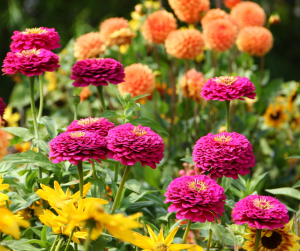



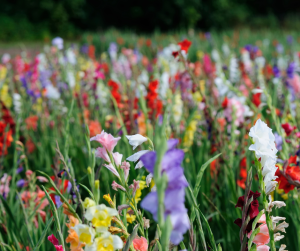
Check plant labels or do a quick search online to make sure you know what care your plants need.


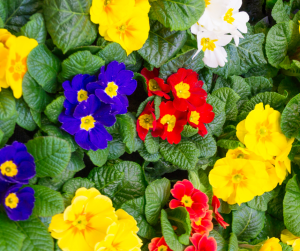
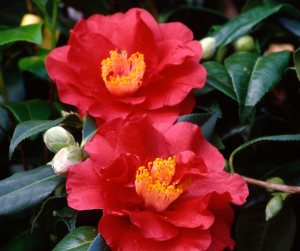

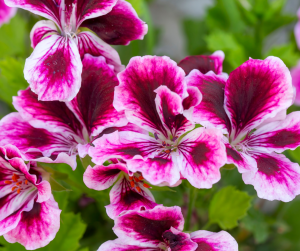



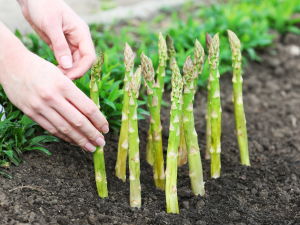
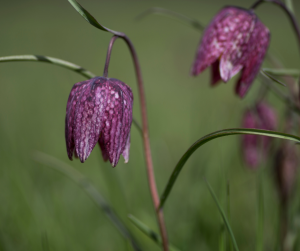
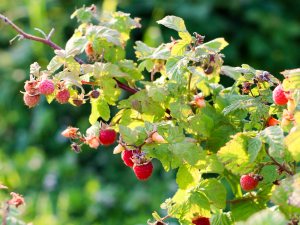
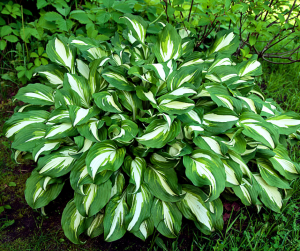

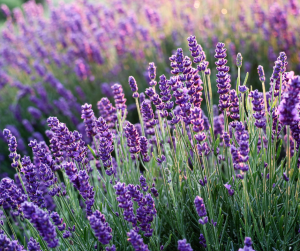

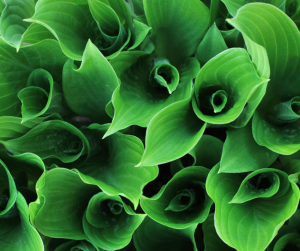
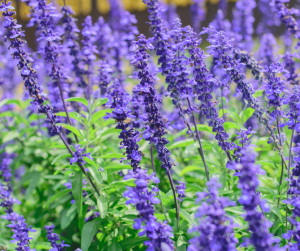

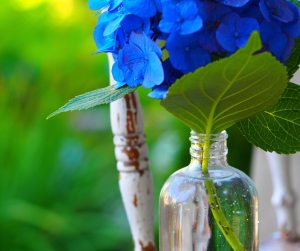

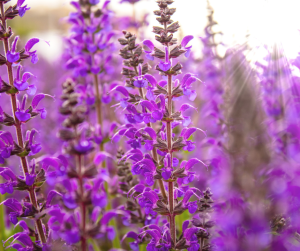

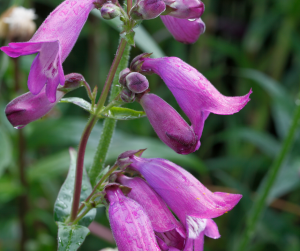
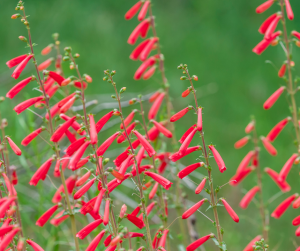
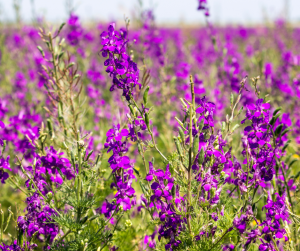
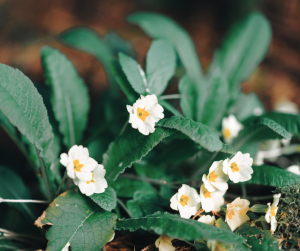
💡 Top Tips to Remember
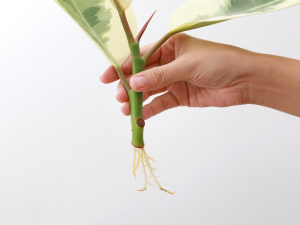
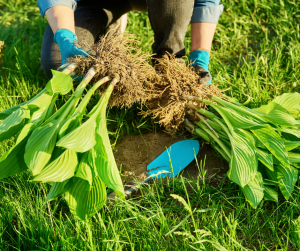
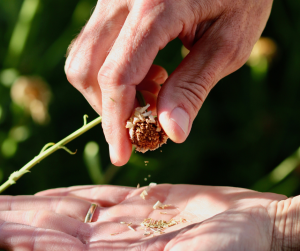
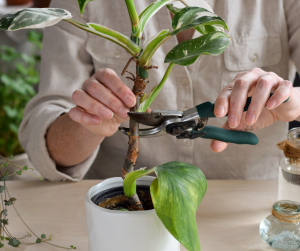
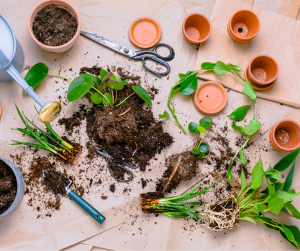
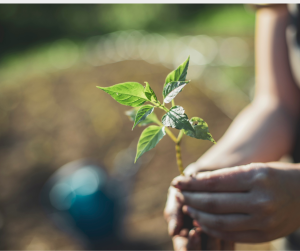
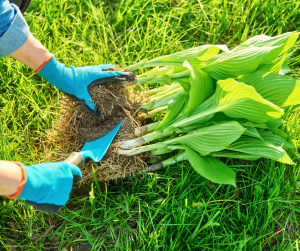
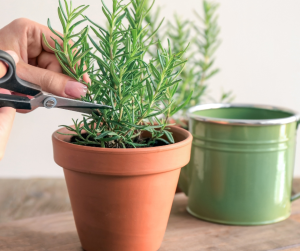
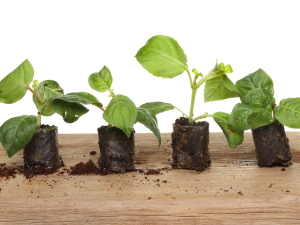
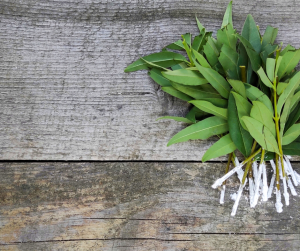
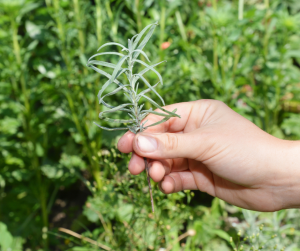
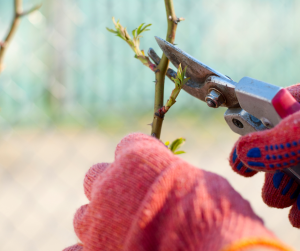
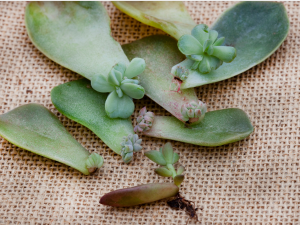
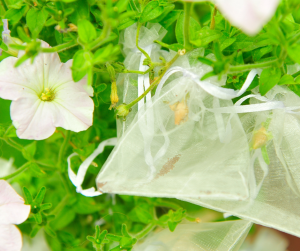
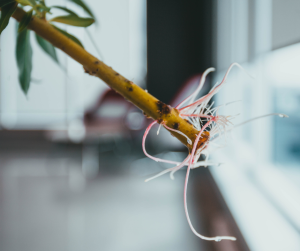
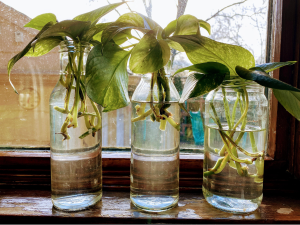
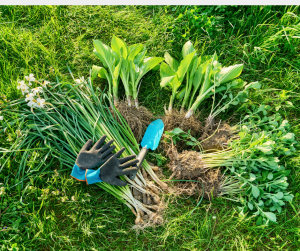
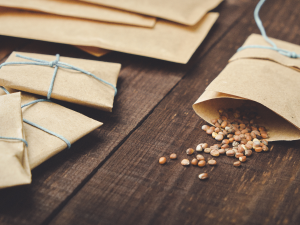
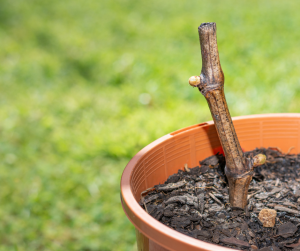
- Buy small, young plants – they are cheaper and will grow into their space with a little patience.
- Easy to propagate – Many perennials will grow happily from cuttings, divisions or seed. Once you learn the basics, you will be able to grow many new plants.
- Divisions: Start with a small number – many perennials will naturally grow in clumps. These can be divided every few years to multiply your plants for free.
- Cuttings: Some plants like lavender, sage or Snip off a health shoot, pop it in compost and then keep it moist until it roots. Other plant cuttings may need starting in water until the roots form. This is an easy, fast and cheap way to grow more of the plants you love.
- Collecting and sowing seeds: Let some of your perennials go to seed. Collect the seed pods when they’re dry, store them in a paper envelope, and sow them next season.
